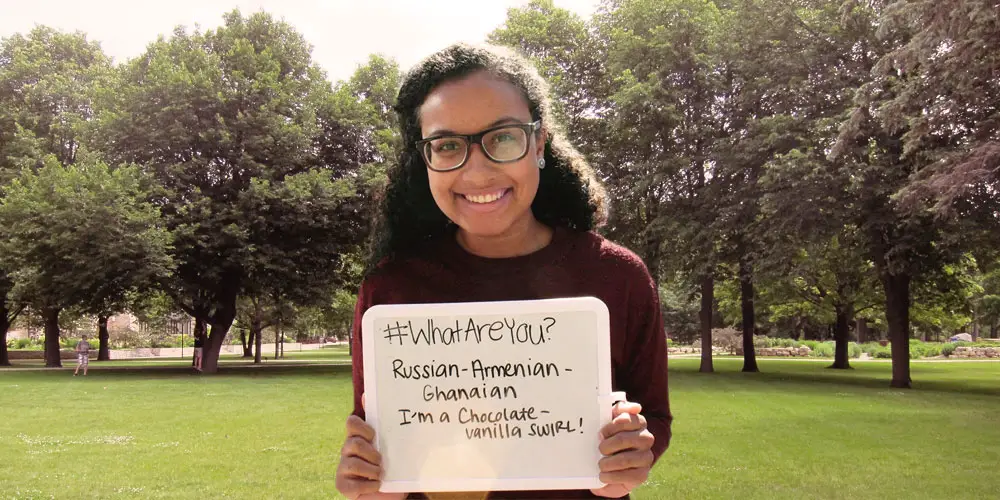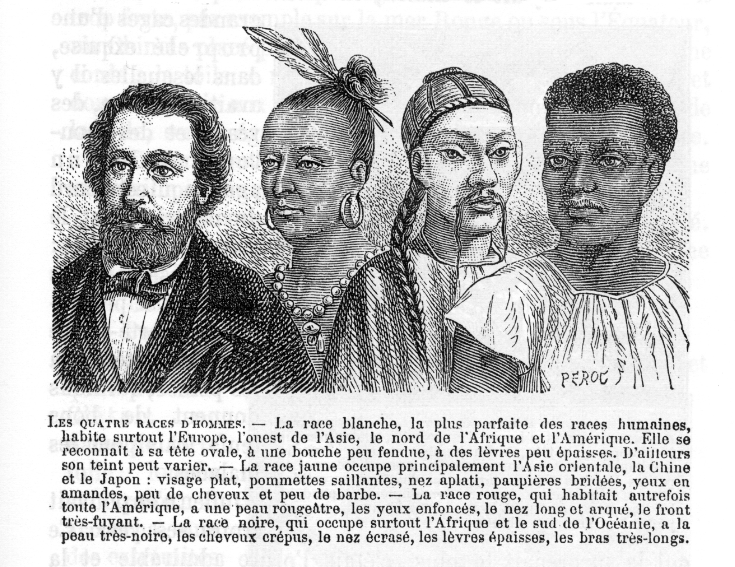Mixed in the Six pop-up events created to support multiracial TorontoniansPosted in Articles, Asian Diaspora, Canada, Identity Development/Psychology, Media Archive, Social Science on 2017-01-08 00:28Z by Steven |
Mixed in the Six pop-up events created to support multiracial Torontonians
The Toronto Star
2017-01-03
 Mixed in the Six, is a pop-up event aimed at building a community for multi-racial Torontonians. (Cole Burtan/Toronto Star) |
An event for the off-spring of mixed-race families hits a chord as the difficult to ‘identify’ find their people.
I am eating a Singaporean and Peranakan-inspired dinner with people who look like my family more than my actual family.
The night before, I sat down to a proper English roast with my mother’s family that is dominated by blue eyes, blond hair and pale skin, a striking contrast to my Japanese-Canadian father’s side of the family.
But here at Mixed in the Six, a Toronto pop-up dining and social event held at Peter Pan Bistro, the more than 40 attendees look like variations of me: Strong, dark hair. Skin that doesn’t burn in the sun. And despite vastly different backgrounds spanning from Jamaica and Norway to Finland and Singapore, every guest is well-versed in the Toronto mixed-race experience. We’ve all felt the invasive gazes and heard tired, othering questions like, “Where are you from?”…
…“People have shared with us that they feel a sense of belonging and acceptance at MIT6,” says Oades. “That feeling of not being, for example, ‘black enough or white enough’ seems to dissolve when you get to connect with other people who have had similar experiences as you.”
Professor G. Reginald Daniel, who edits the Journal of Critical Mixed Race Studies, both based out of the University of California, Santa Barbara, understands mixed-race events are naturally fun and exciting but he hopes young attendees recognize the legal, physical and psychological struggles and trauma older multiracial generations have gone through. For example, the U.S. law against interracial marriage was only outlawed in 1967.
And while MIT6 guests often cheekily gush over one another’s attractiveness (many attendees happen to work as models, actors and performers), Daniel hopes mixed-race millennials don’t get caught up in a strictly superficial multiracial discourse.
He notes how the mainstream media has latched onto the “happy hapa,” “magical mixie,” “happy hybrid,” “racial ambassador,” and “post-racial messiah” stereotypes of multiracial individuals that are dangerous because they portray “overenthusiastic images, including notions that multiracial individuals in the post-Civil rights era no longer experience any racial trauma and conflict about their identity.”…
Read the entire article here.




